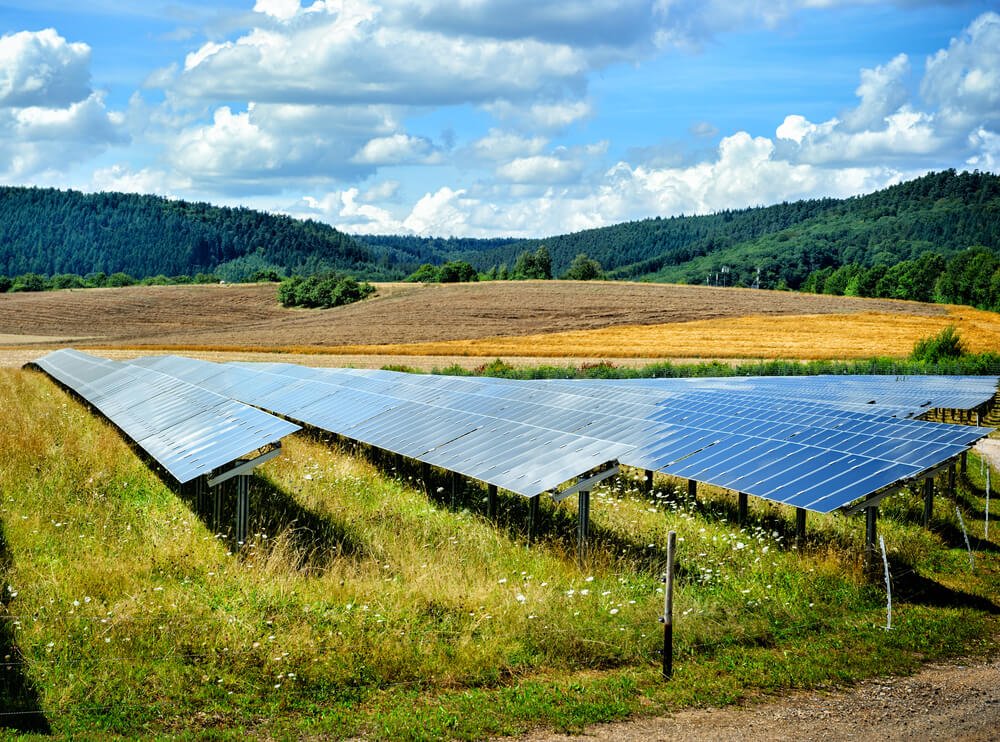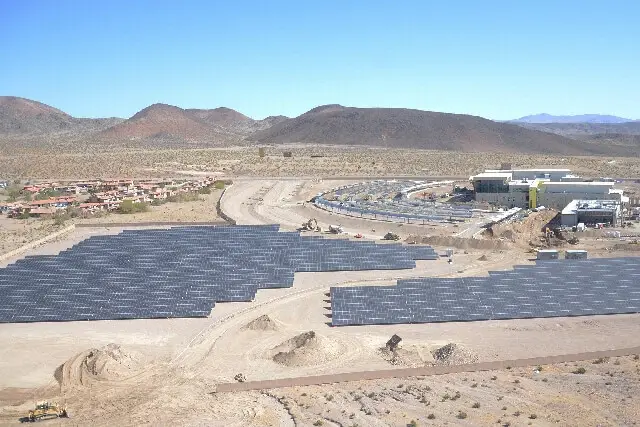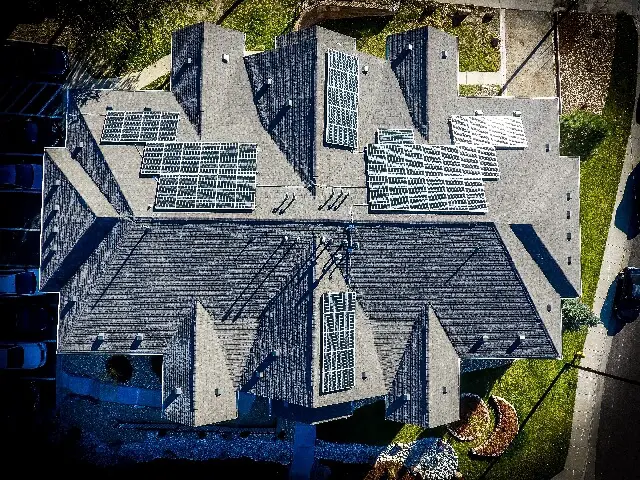Solar energy costs have fallen dramatically in the last 25 years.
In fact, they’re approaching parity with conventional fossil fuels.
Different factors play a greater role in determining the cost of each energy.
The main one includes the resources and technologies used to harness each type of energy.
In this guide, we will compare the costs of solar energy and fossil fuels.
Solar Energy Costs vs. Fossil Fuel: Overview
Consumers prefer fossil fuels as they are cost-efficient and convenient.
Experts consider them since their worldwide supply is limited.
On the other hand, solar energy is purely a renewable and natural source of energy.
Its supply isn’t going to end any sooner. Plus, it exists worldwide.
However, the intensity of sunlight that produce electricity tends to vary depending on:
- season
- weather condition
- location
- time of the day
How Does Solar Energy Cost Compared to Fossil Fuels
When it comes to comparing the cost of solar energy and fossil fuels, the key determining factors are:
- the cost of materials or resources used to harness or exploit the energy type.
- Cost of installation and setup for the energy system.
- Availability and reliability of each source of energy
- Mechanisms for supplying the energy
Solar installation requires several moving pieces.
The most obvious is the solar panel itself, and for a good reason.
It’s usually the highest cost part of a solar energy system.
Panels also have high costs due to their low production volumes.
They also come with extra R&D linked with developing a low-cost, reliable solar panel.
The rest of the solar energy costs are a bit more subtle. They include things like:
- labor
- soft cost components like grid connections and inverters
- transportation fees
- Permitting/licensing/bonding fees, etc.
Solar systems for residential use typically cost $35,000-$55,000 per kW installed.
A 5kW residential solar energy system will cost between $17,500 and $28,750 before applying any incentives.
The main sources of fossil fuel energy mainly include:
- petroleum (crude oil)
- coal
- natural gas
Fossil fuels take longer periods (hundreds of million years) to form.
It is the energy absorbed and stored in organisms buried within the earth’s crust.
The organisms decompose anaerobically for many years to produce fossil fuels.
Since fossil fuels exist beneath the earth’s crust, they require special mining or drilling tools to access them.
This translates into higher operational costs.
However, fossil fuel costs in the energy realm vary in relation to the energy source. Generally, fossil fuels tend to cost around $2.50 for every million BTUs.
But, it may range between $2.02 per million BTUs for coal to US 9.07 per million BTUs for petroleum.
Cost Comparison of Solar Energy vs. Fossil Fuels
Although solar energy has higher startup costs to consumers, adopting energy is quite cost-effective in the long run.
Generally, the cost of electricity from fossil fuel costs about $0.05 to $0.17 per kilowatt-hour.
On the other hand, solar energy costs range averagely between $0.03 and $0.06 per kWh.
The National Renewable Energy Laboratory states these costs are rapidly dropping.
Installing and setting up a solar power system in the United States requires about $15000 on average. That’s after including state incentives.
Thankfully, the prices of solar panels have greatly decreased more than 20% over the past five years.
Based on the study by EnergySage, this cost will continue to reduce into the future.
Setting up a full solar energy system requires extremely high upfront costs.
But, after installing a solar energy system, maintenance cost is incredibly low.
As a homeowner, you can generate some money by selling the excess energy the solar panels produce. Plus, you may save a significant sum of money on monthly utility bills.
Therefore, you can gradually recover some of the funds to cater to the initial installation cost.
What are the Reasons for the Rapid Fall in Costs of Solar Energy?
Typically, several reasons explain the rapid fall in the costs of solar energy.
They include; increased solar panel production, government subsidies, increased competition among solar panel producers, and lower costs of composite units.
- High production volumes:
Since the cost of solar panels has fallen, more and more firms continue to enter the global market. Therefore, manufacturing costs tend to spread across a larger number of panels, reducing the production cost for each unit.
- Increased competition:
Competition in the solar industry is increasing as the market grows and new firms join the market. This has a downward pressure on production costs. That’s because firms try to beat their rivals by offering lower prices for similar products.
- Reduced costs of other components:
In recent years, several vital breakthroughs have taken place in solar cell efficiency, battery technology, and solar panel installation techniques.
This reduces the cost of some other system elements. As a result, much of the initial high production costs fall.
- Government subsidies:
Most governments worldwide are now offering financial incentives as an incentive to citizens who install solar panels on their houses. This reduces the initial upfront costs of solar panels, making them cheaper.
Conclusion
Solar energy is entirely renewable and environmentally friendly than fossil fuels.
Although electricity from fossil fuels has been affordable, solar energy is quickly becoming the cheapest option.
That’s mainly due to the rapidly falling cost of solar panels, which has increased the popularity of solar energy.
So, this high-tech equipment offers a low-cost source of electricity to consumers at all levels.






